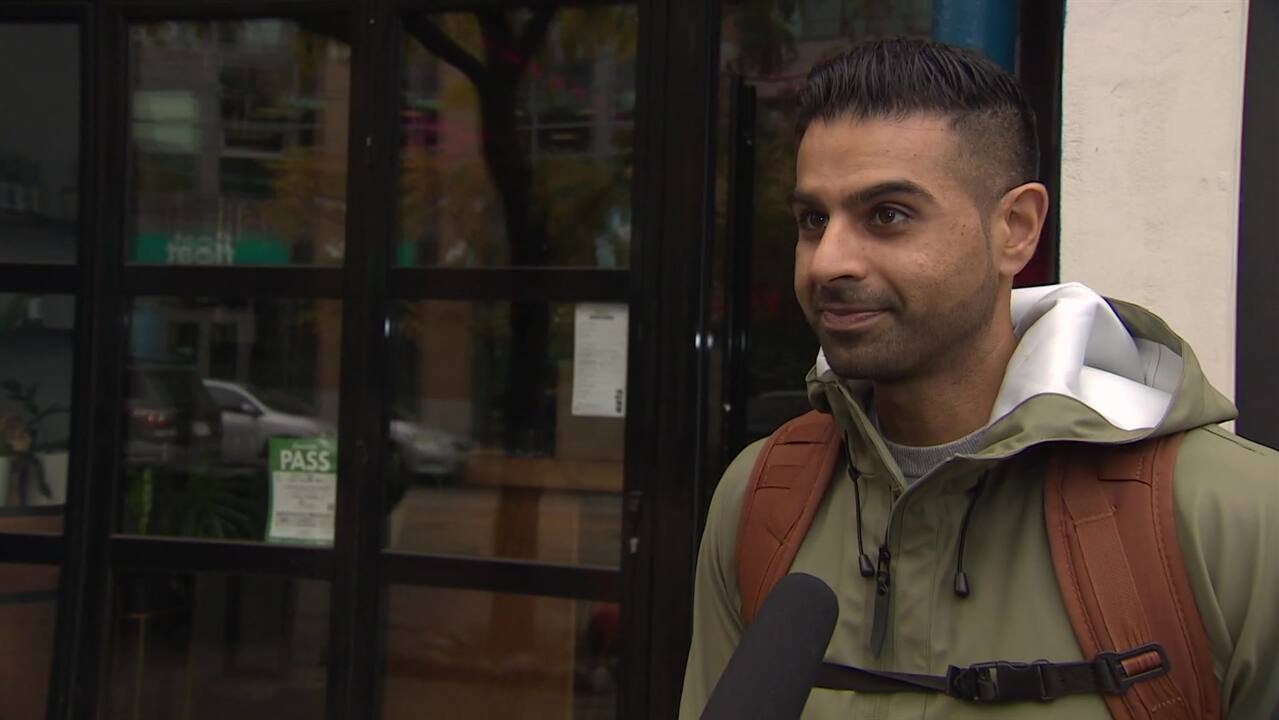After withstanding the once in a lifetime pummeling of the COVID-19 pandemic, Canada’s restaurant industry is still in dire straights and many businesses are in danger of going under.
That’s the main takeaway from a recent report from Restaurants Canada, which found that despite surviving the depths of the pandemic, the outlook for the industry as a whole looks bleak.
Total spending at restaurants is on track to top $110 billion this year, a 10 per cent increase from the previous year’s level, but costs are up by even more, which is pushing many to the brink of insolvency.
The group says more than half of its members are losing money this year. While that’s not uncommon in an industry known for its razor thin profit margins, in 2019, only about 12 per cent of the group’s membership were at risk.
“It’s very challenging because everything that goes into operating a restaurant has increased double digits,” said Richard Alexander, the group’s executive vice-president, in an interview with CBC News.
For the first five months of 2023, bankruptcies in the sector rose by about 50 per cent compared to the same period last year, and he says even more are coming. “It’s a really, really critical time.”
Escalating costs
Frédéric Dimanche, director of the Ted Rogers School of Hospitality and Tourism Management at Toronto Metropolitan University says he’s not surprised to hear that more restaurants are struggling.
The restaurant industry was hit perhaps harder than any other by the COVID-19 pandemic, since it’s an in-person experience.
Government programs designed to keep people employed and paying the rent helped, but those have now expired, and demand for dining out has not returned to its pre-pandemic levels.
If anything, it’s declining: data from OpenTable, a restaurant reservation system, shows that across Canada, demand has fallen by about three per cent this month, and it’s even worse in some cities. In Edmonton, demand has fallen every month since April, while in Toronto it’s declined five months in a row.
The Current22:32As pandemic loans come due, many restaurants say they can’t pay
Featured VideoRepayment deadlines are looming for restaurants that took out government-backed CEBA loans to survive the pandemic — but many say they’re just not in a position to pay. We hear from industry insiders about what might happen if restaurants don’t get a break, and ask Minister for Small Business Rechie Valdez whether her government is heeding those concerns.
Meanwhile, costs keep going up.
“Many restaurants have had to increase wages in order to not only attract people but also to keep them,” Dimanche said. “The cost of doing business is increasing.”

Rent increases hurt, too
Alida Solomon knows that all too well.
But as an entrepreneur about to celebrate her restaurant Tutti Matti’s 21st year in operation in downtown Toronto, she says wage increases to attract and keep her staff are nowhere near her biggest problem.
Most restaurants are seeing rent increases of between 20 to 35 per cent in the downtown core right now, which is a major expense to have to swallow on top of everything else.
“Food inflation is over nine per cent,” she said in an interview. “The cost of food plus rent, plus wage increases — which are totally valid, wage increases are normal in the face of inflation — but it’s just the whole package.”
Costs increasing are one thing, but a bigger problem for her is that the pandemic changed the way people live, including demand for restaurants in downtown locations like hers.
Most restaurants typically live or die on their weekend and weeknight dinner rushes, but being where they are, Tutti Matti managed to supplement that need by catering to a downtown office crowd at lunch.
But she says lunch is non-existent now.
“We used to have people that would come every single day for lunch, but we’ve changed our hours of operation — we’re no longer open five days a week for lunch, we’re actually only open three because we found that Mondays and Tuesdays were just not working for us.”
Consumers are tapping out
Solomon says there’s less demand for dining out in general, and that echoes what diners on the streets of Toronto told CBC News this week.
Aly Dhalla says it’s hard to ignore that the price of a meal keeps going up, even as the quality and quantity declines.
“If you go out now, you’re paying more and it doesn’t taste as good,” he said. “Portion sizes are getting smaller — but you also understand the economic times for business owners who own restaurants, so you just put up with it. But it’s a little unfortunate.”
Featured VideoOn the streets of Toronto, diners told CBC News that high prices, lower quality and smaller portions have them eating out at restaurants less often of late, a trend which is pushing many restaurateurs to the brink of bankruptcy.
Solomon says her restaurant likely isn’t turning a profit right now, but because she loves the business so much any day she can open the doors and keep her staff paid and diners fed is a win.
“But all of us at some point in the last year have had close calls with making that decision to pull the plug.”
She says restaurateurs like her are used to wearing many different hats depending on the day, from dishwasher to bartender, working in the kitchen and serving. But Dimanche says they need a whole different set of skills in order to survive right now
“It’s not because you know how to cook and manage a kitchen that you’re going to be able to do it,” he said. “You have to be also a business manager … an entrepreneur, and those are a set of skills that maybe some current restaurateurs don’t have.”


